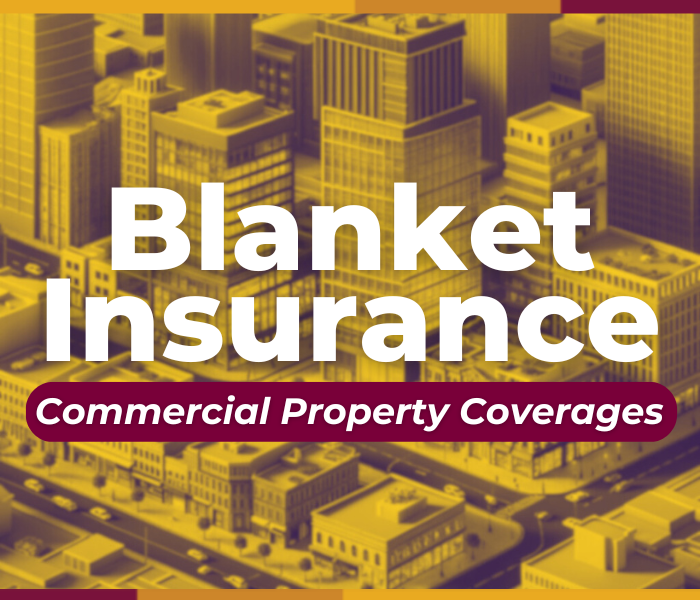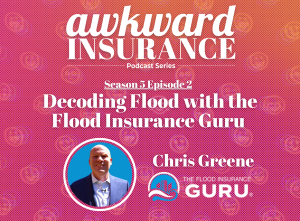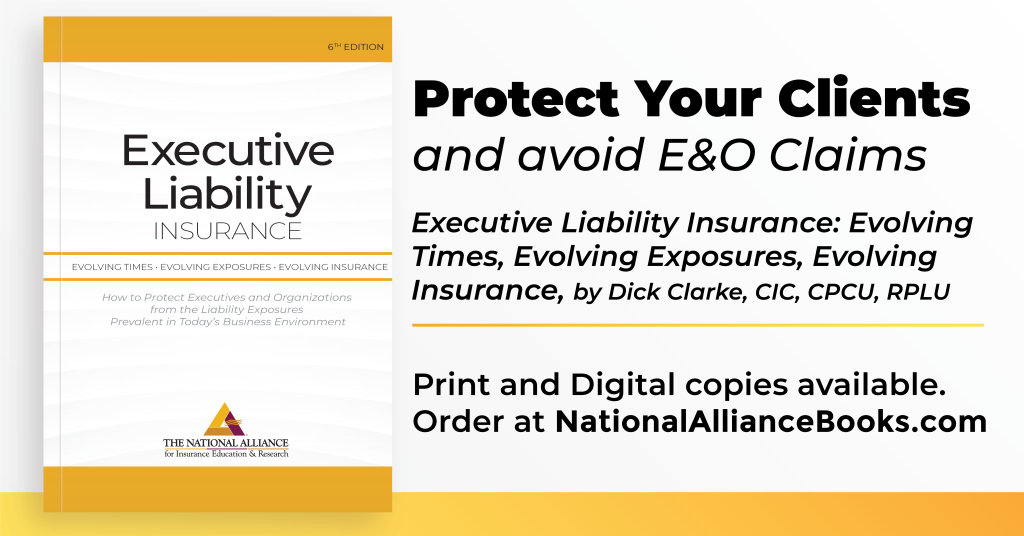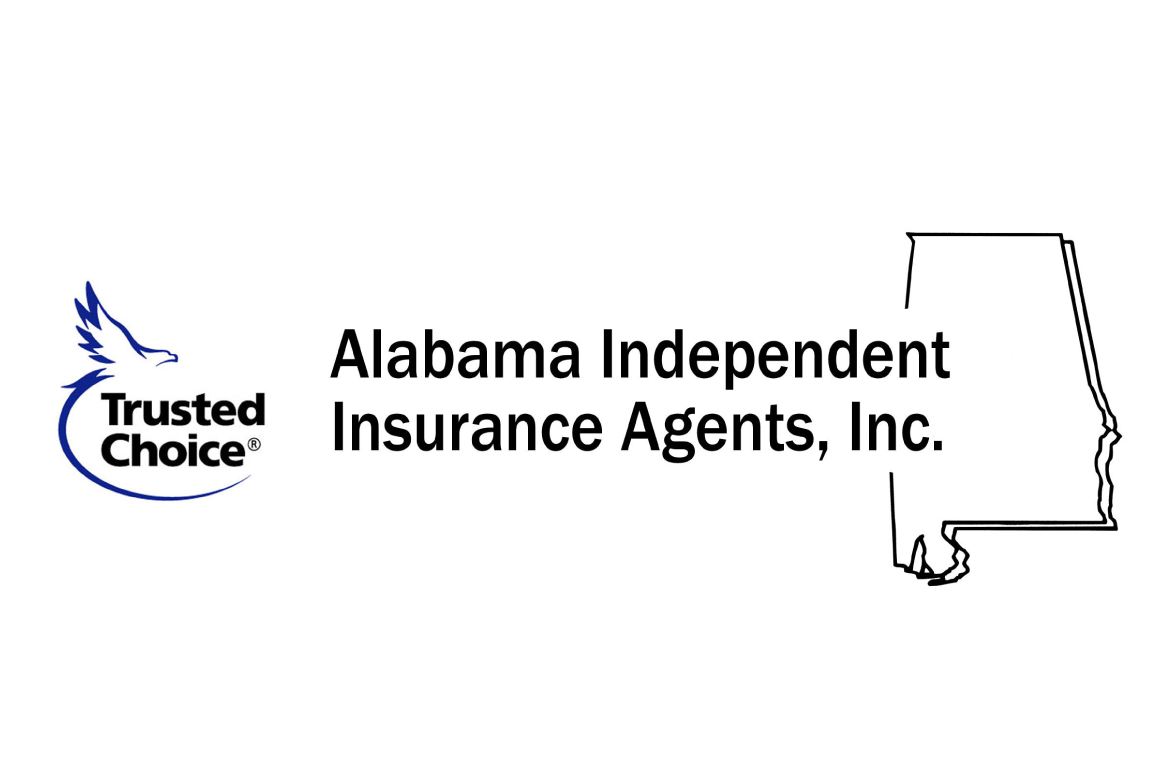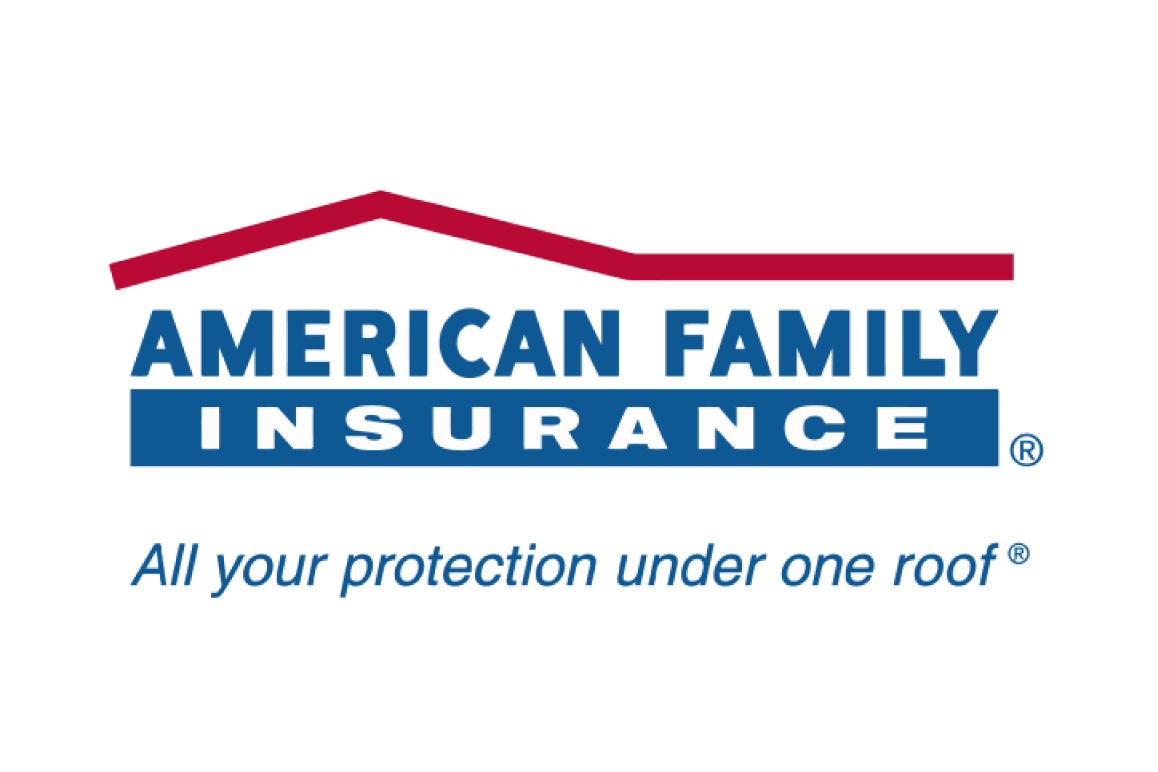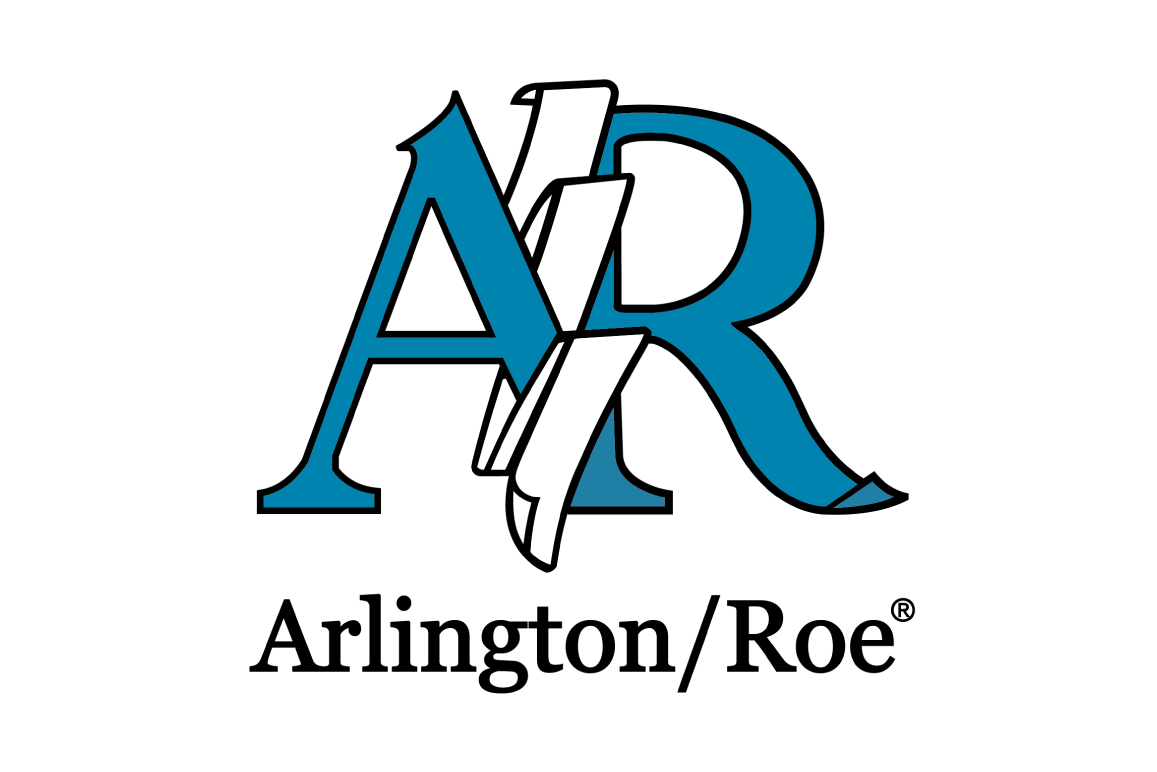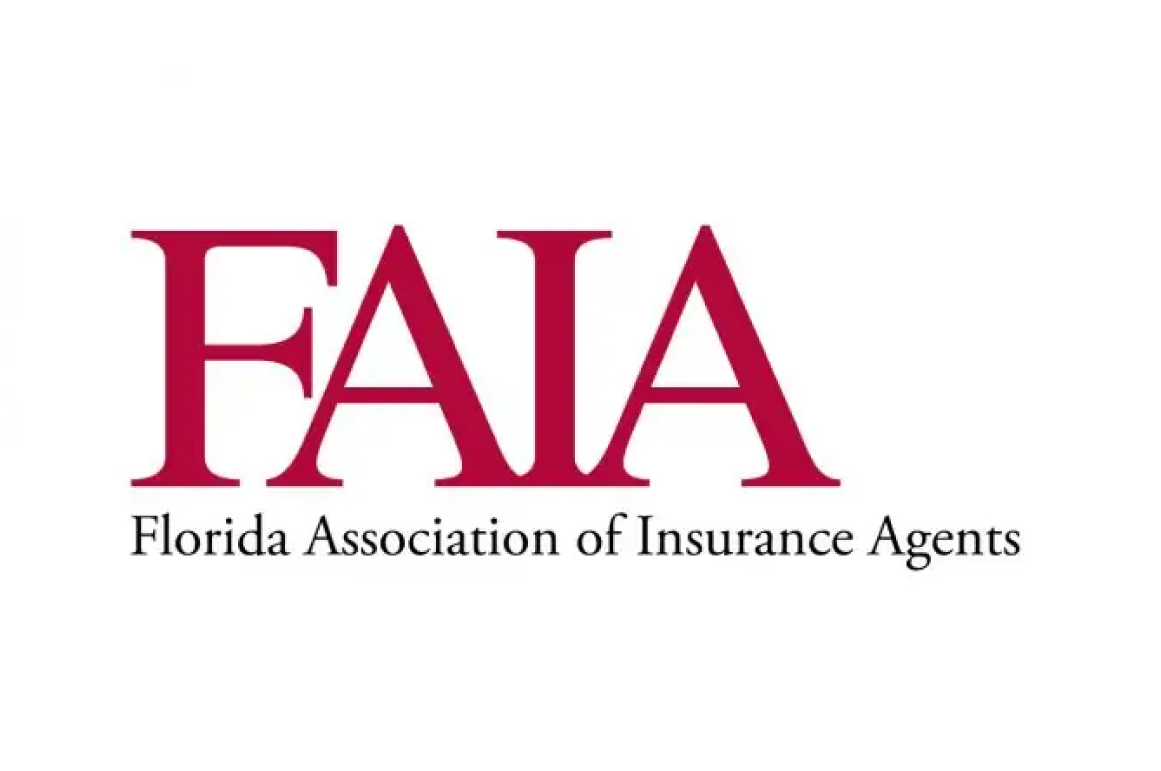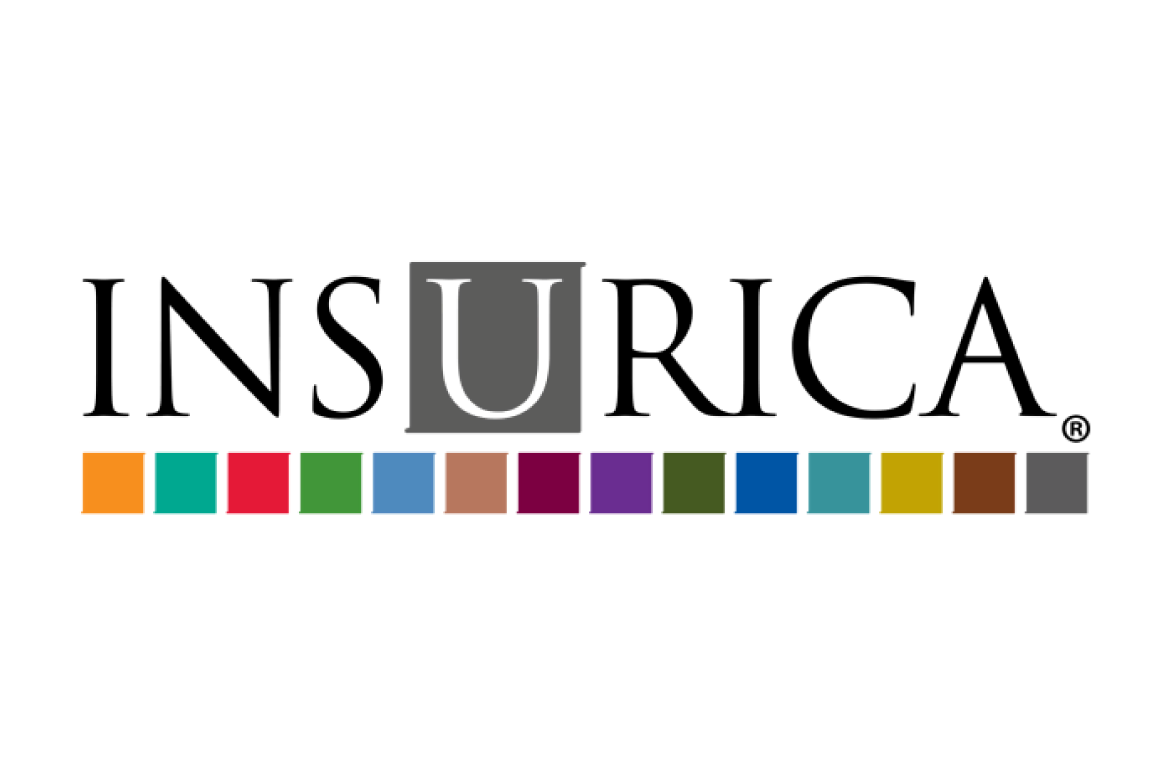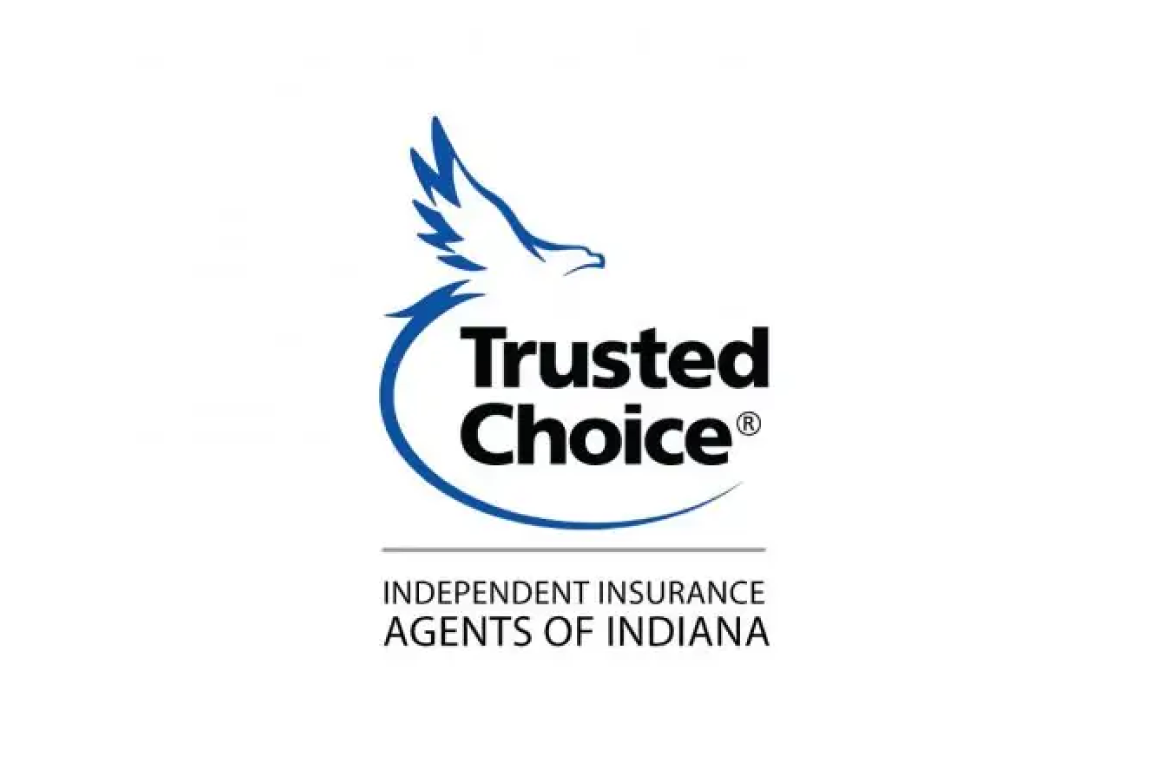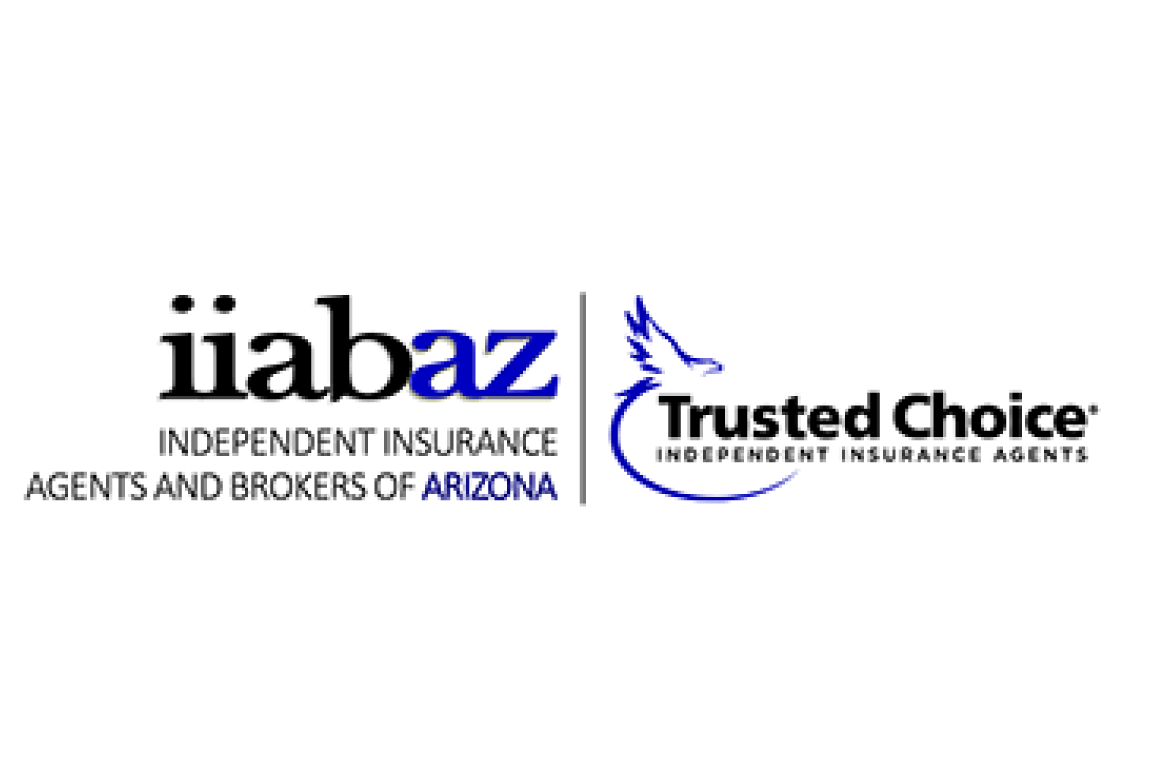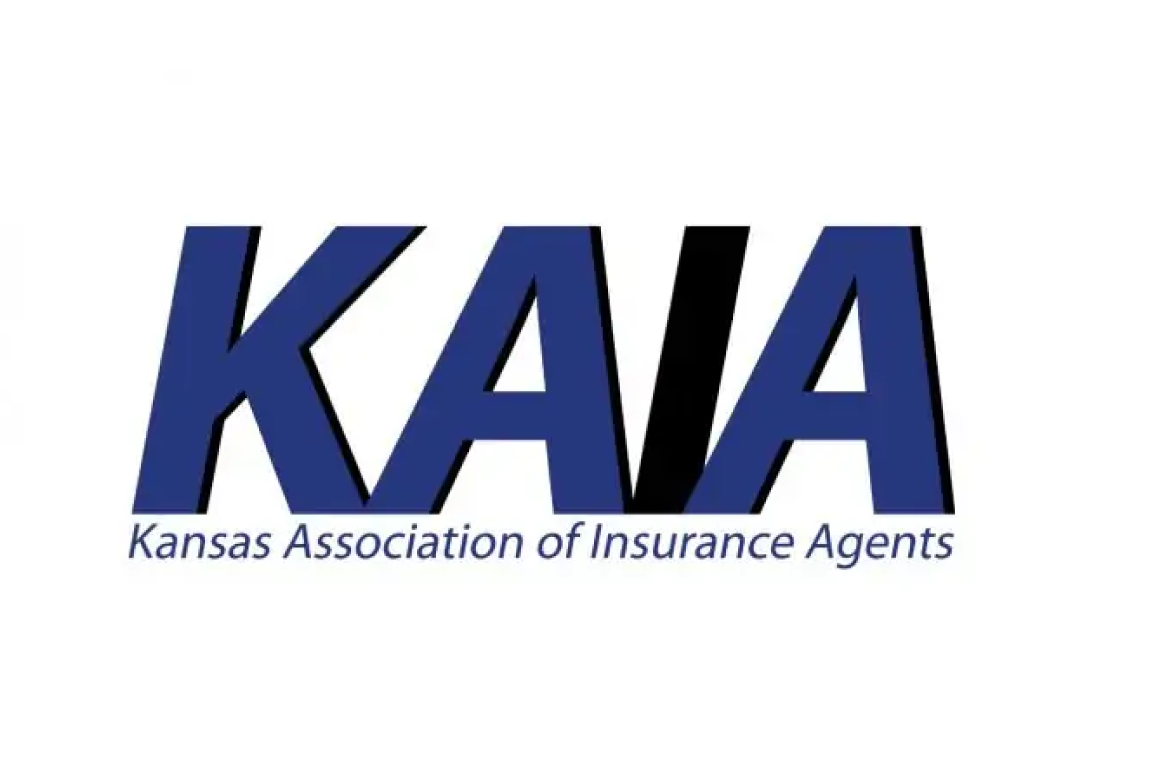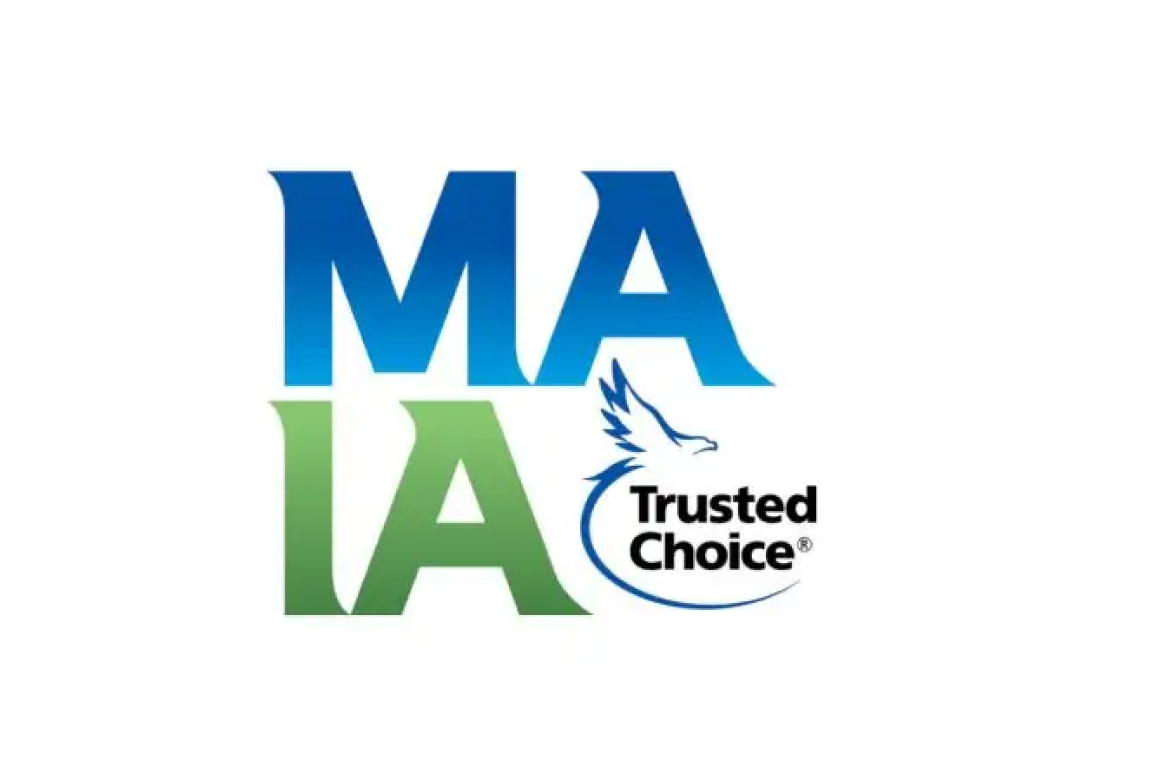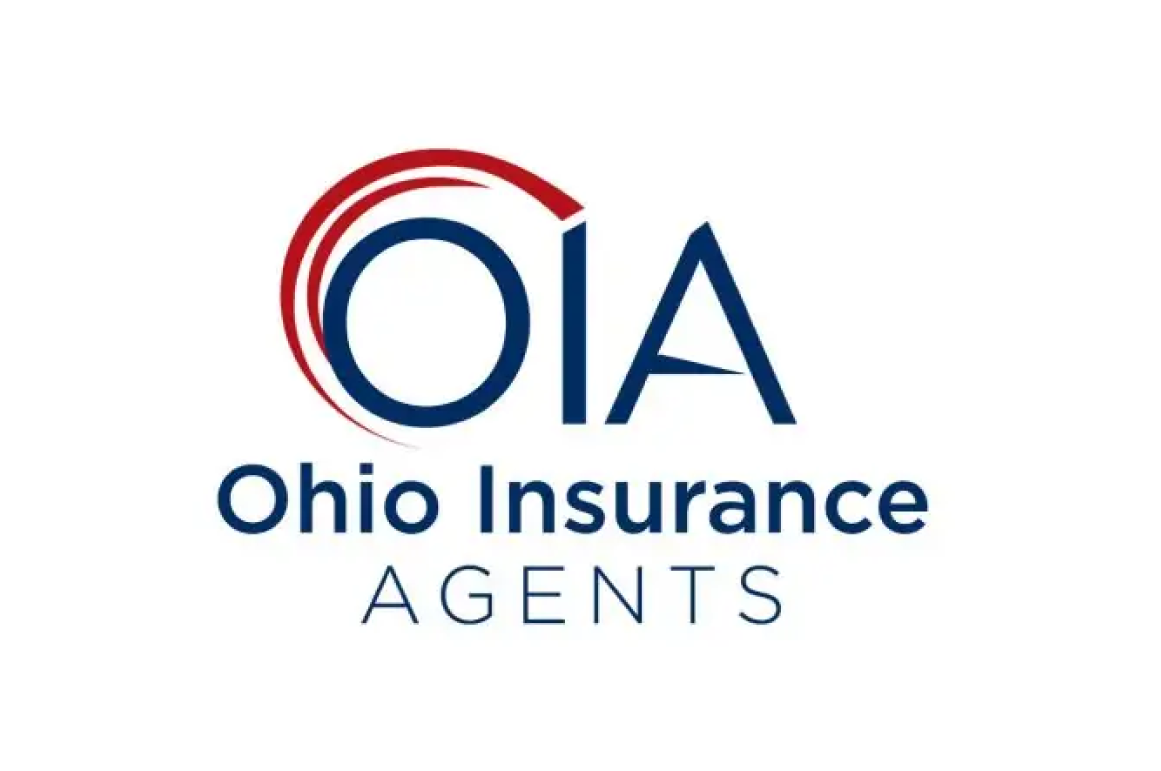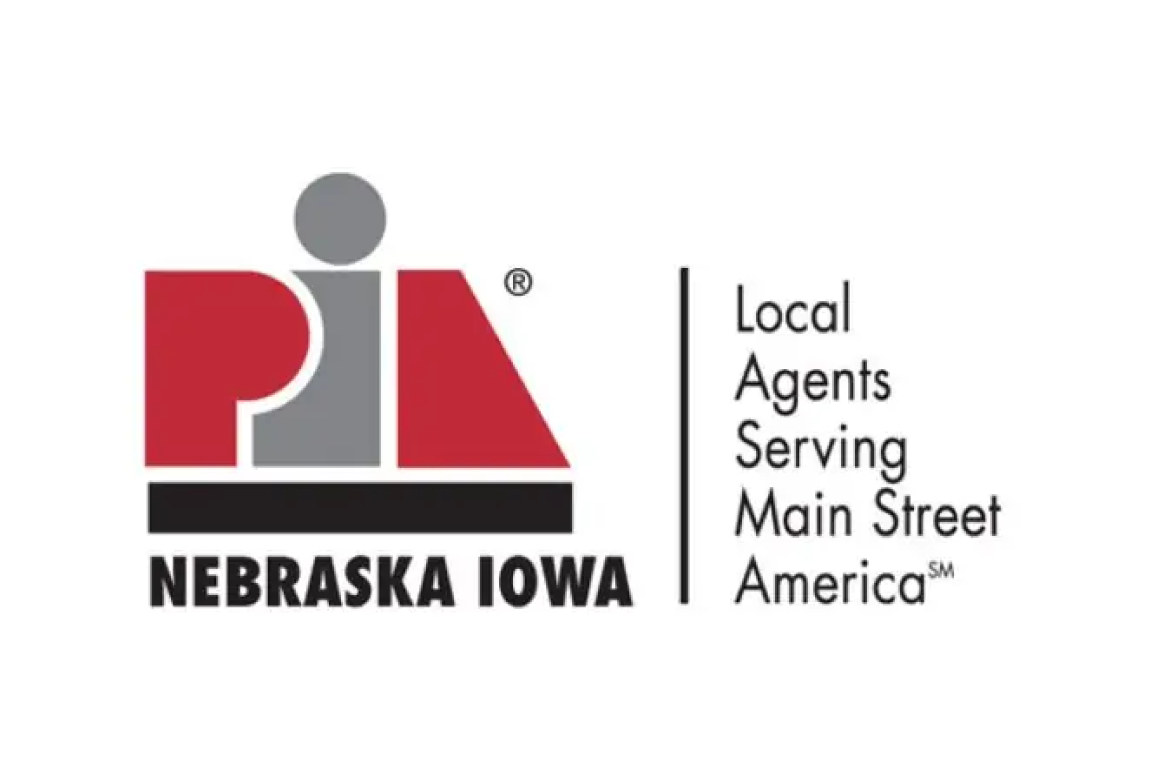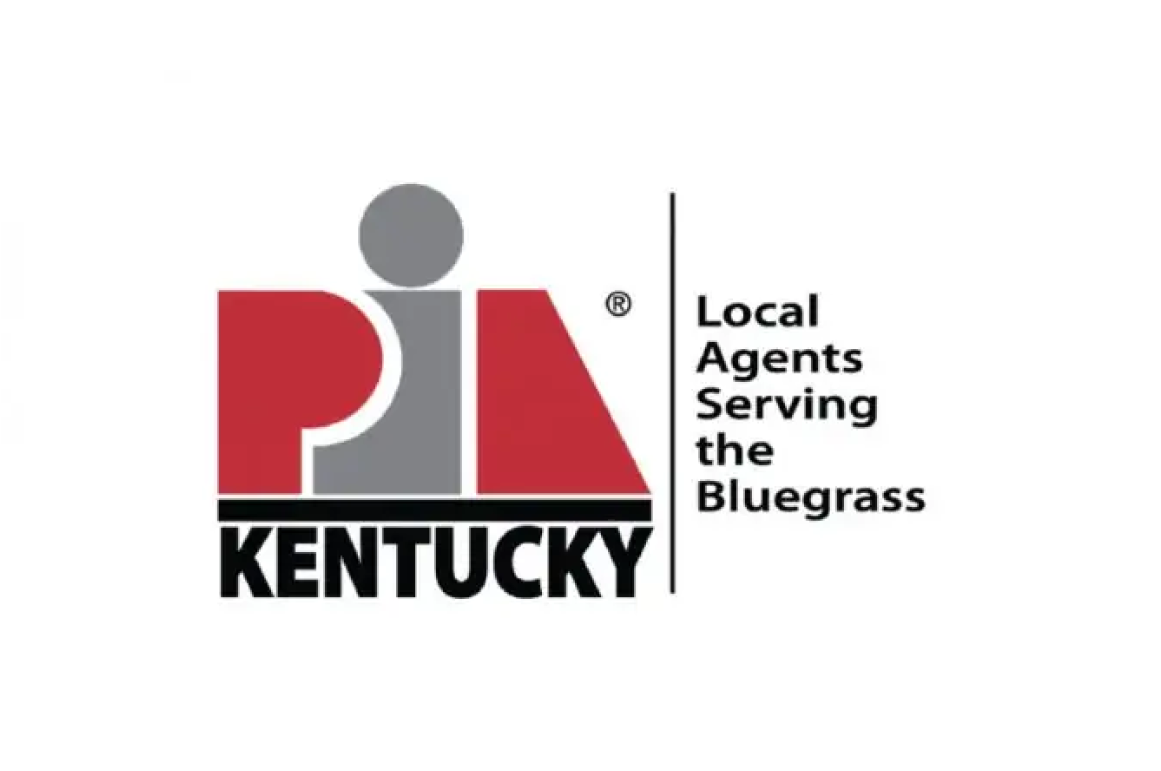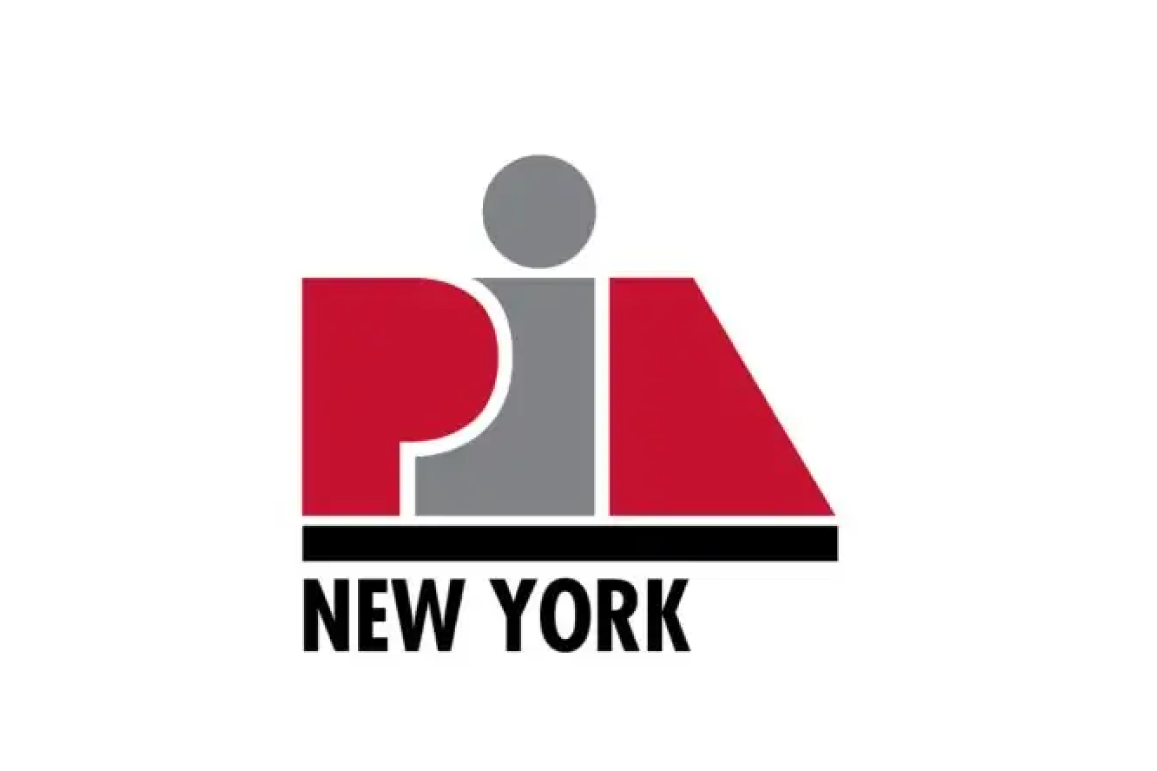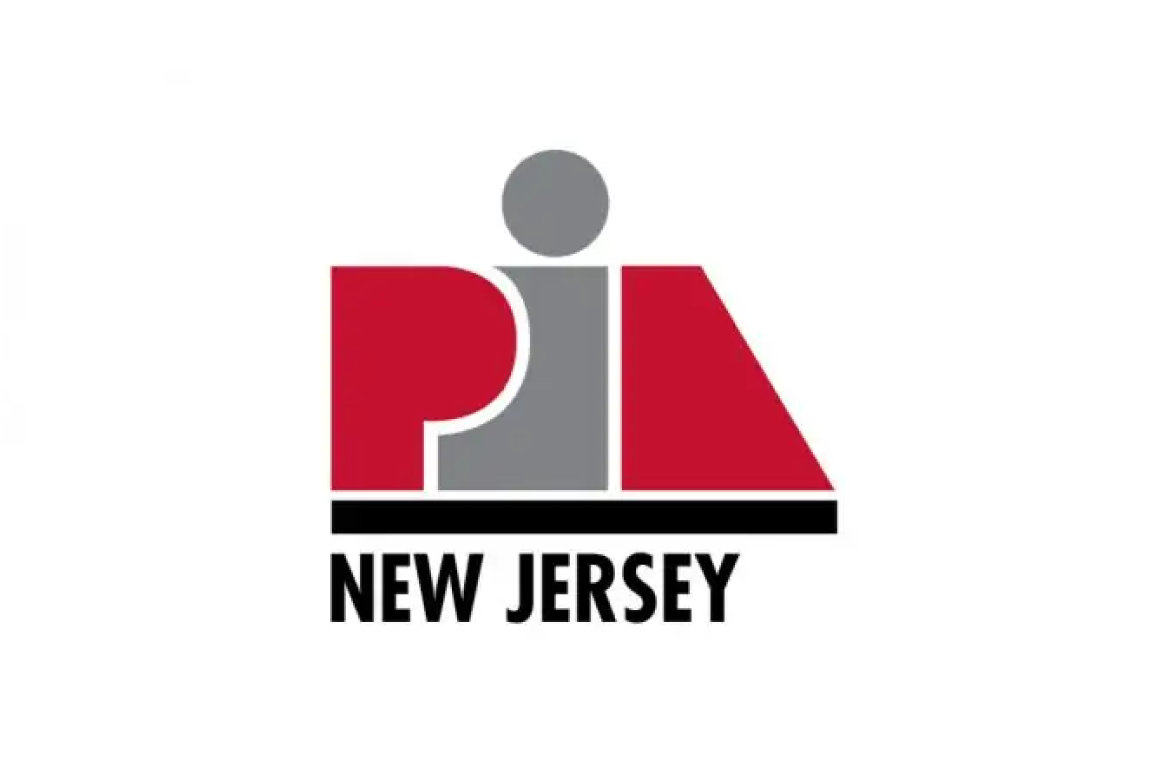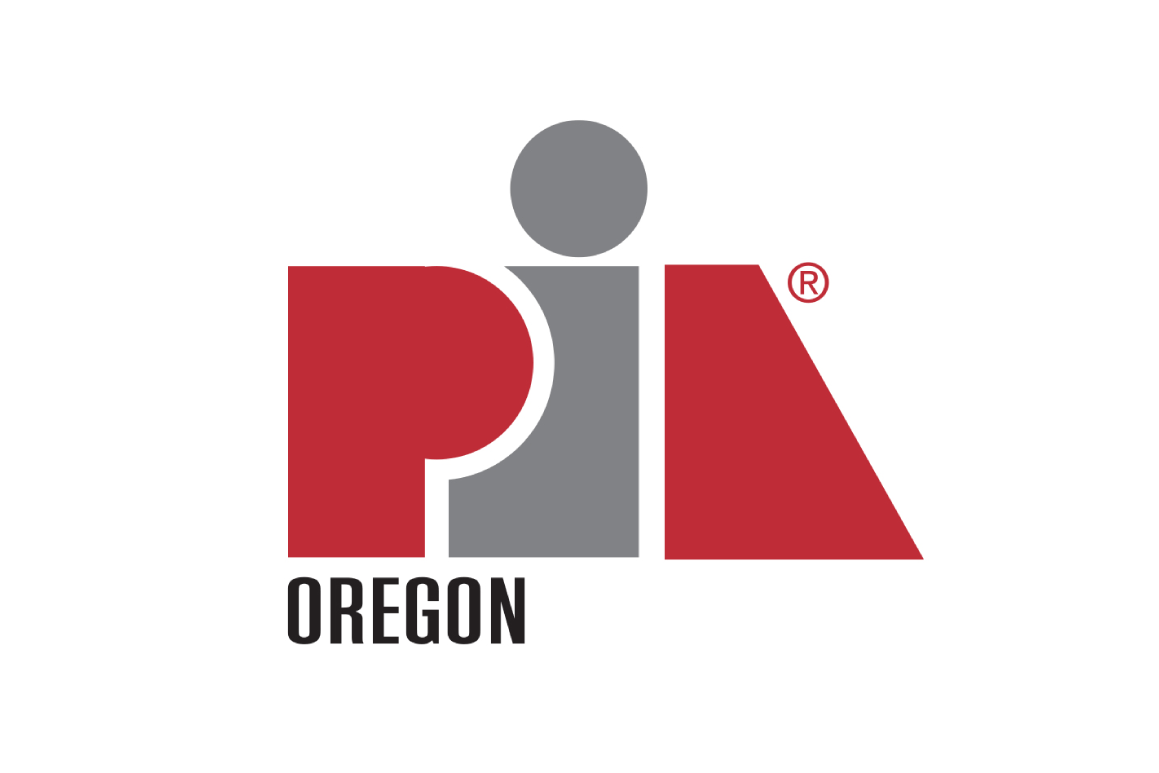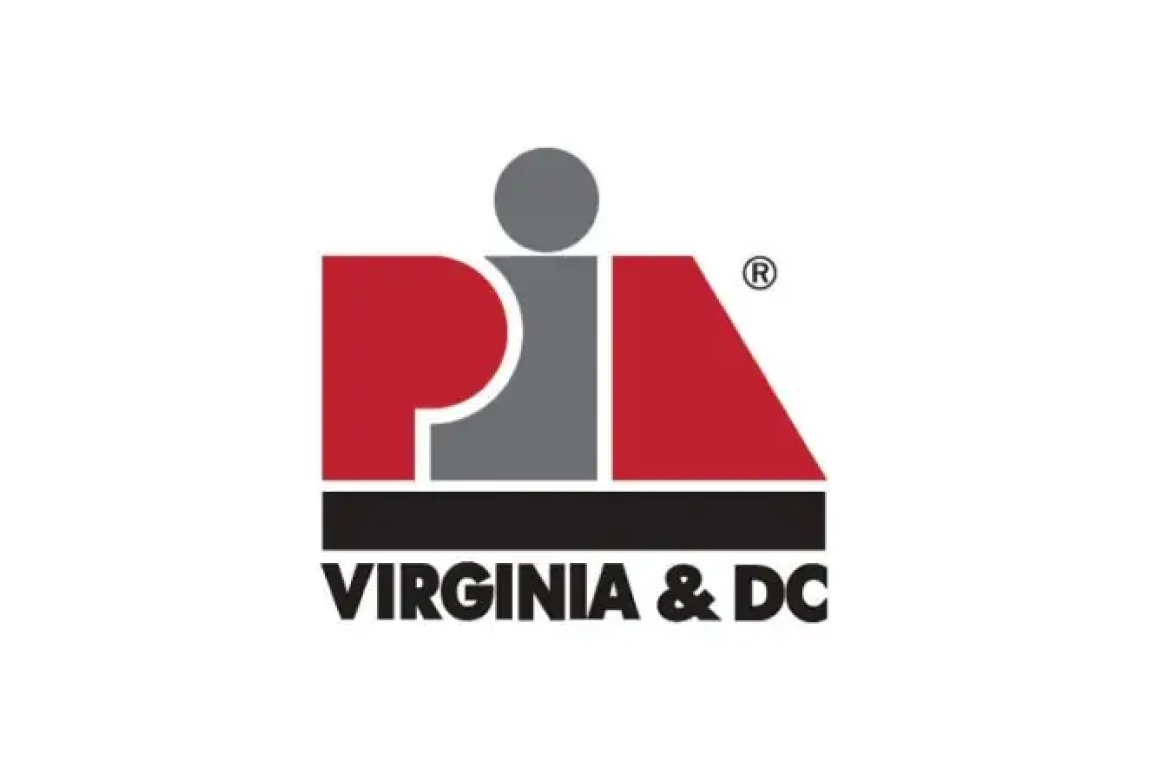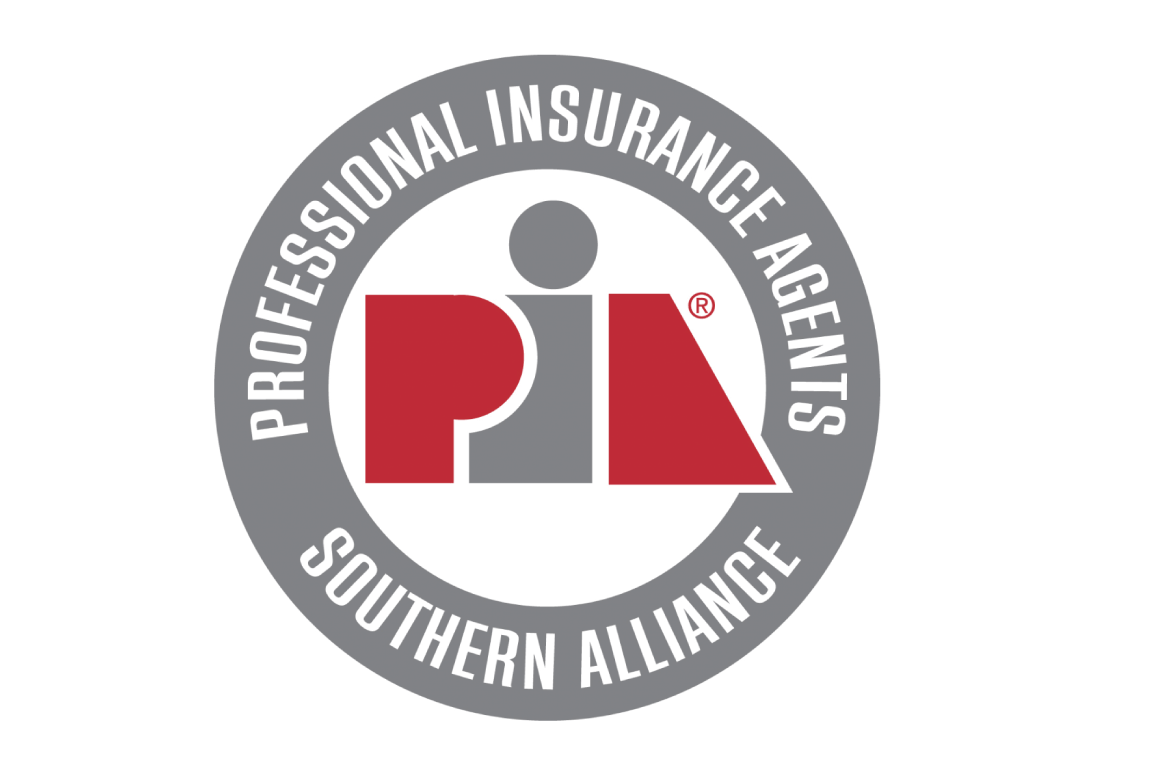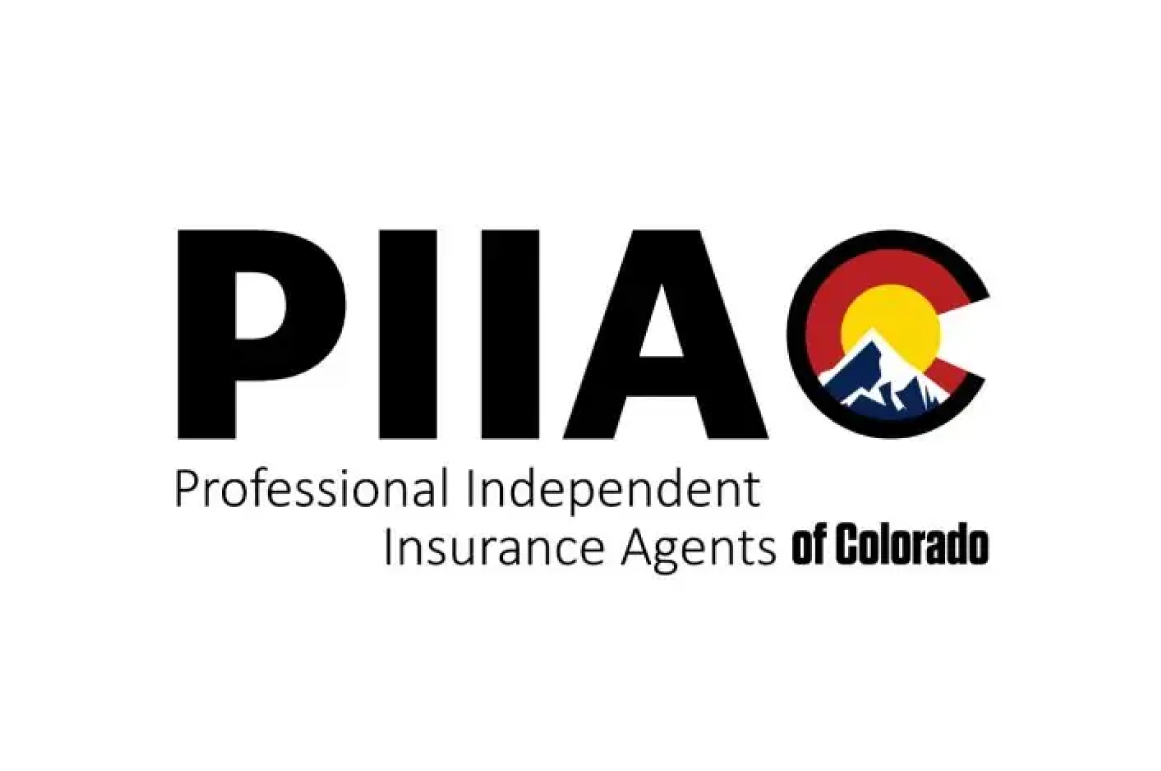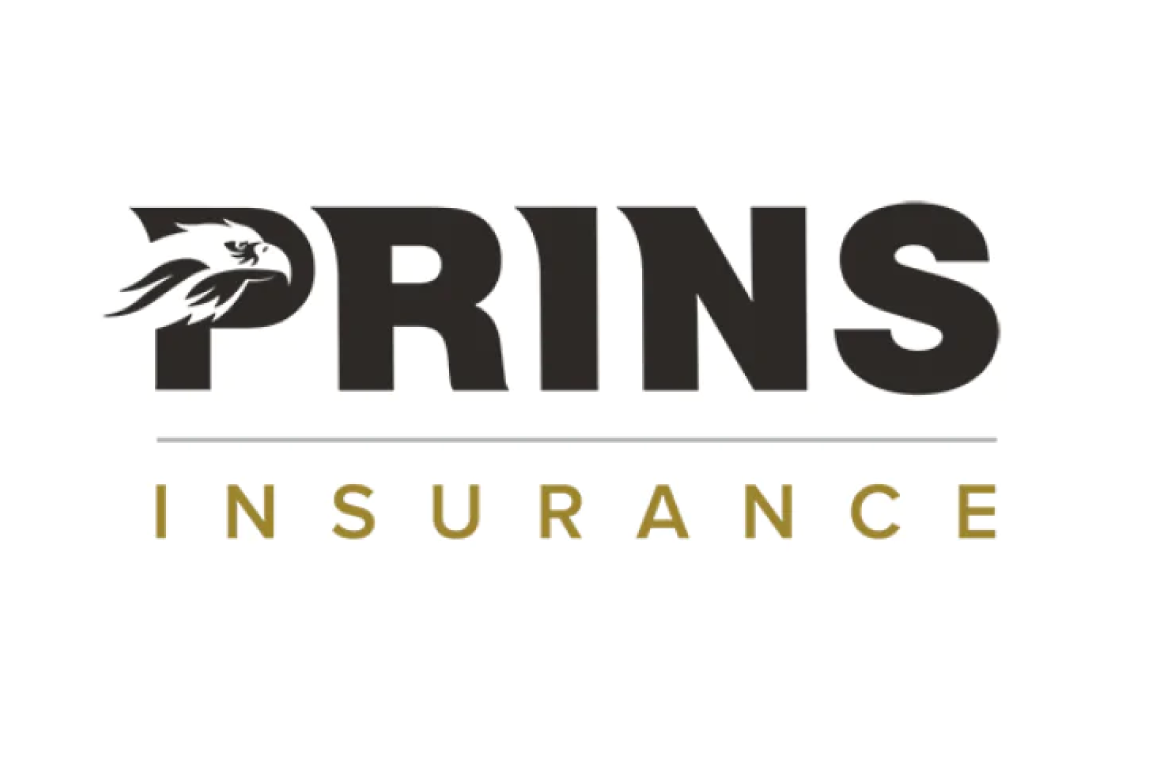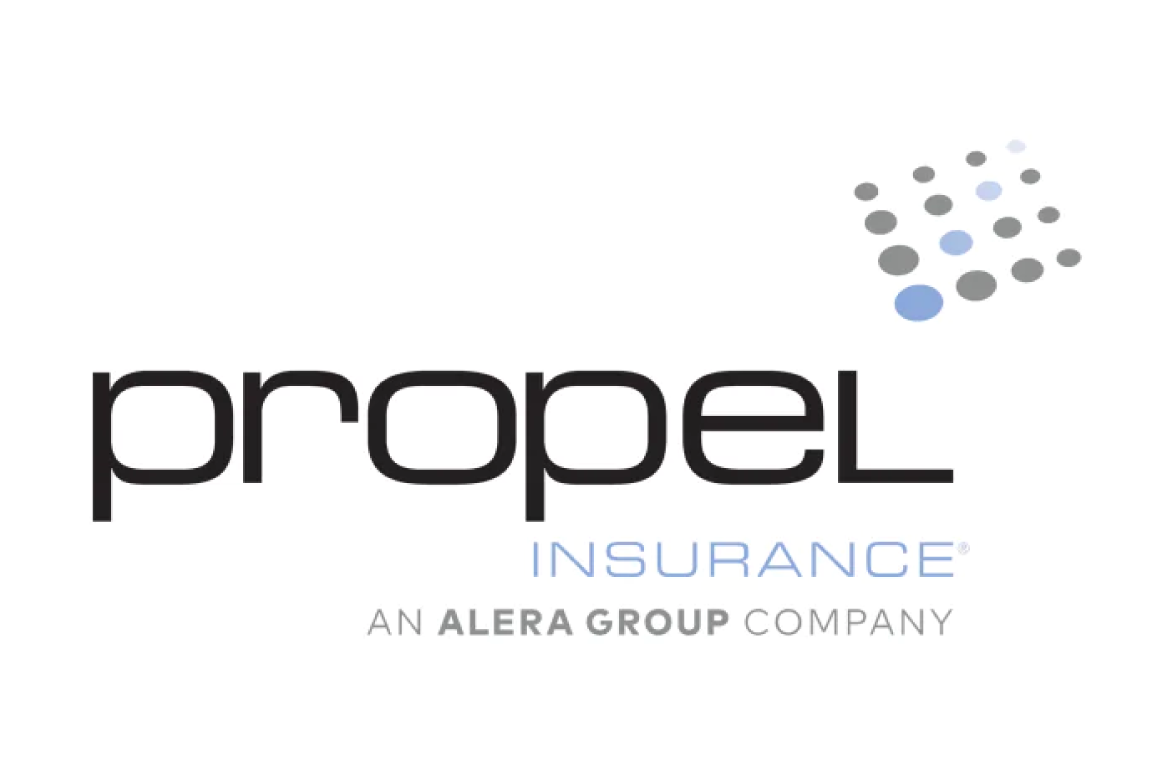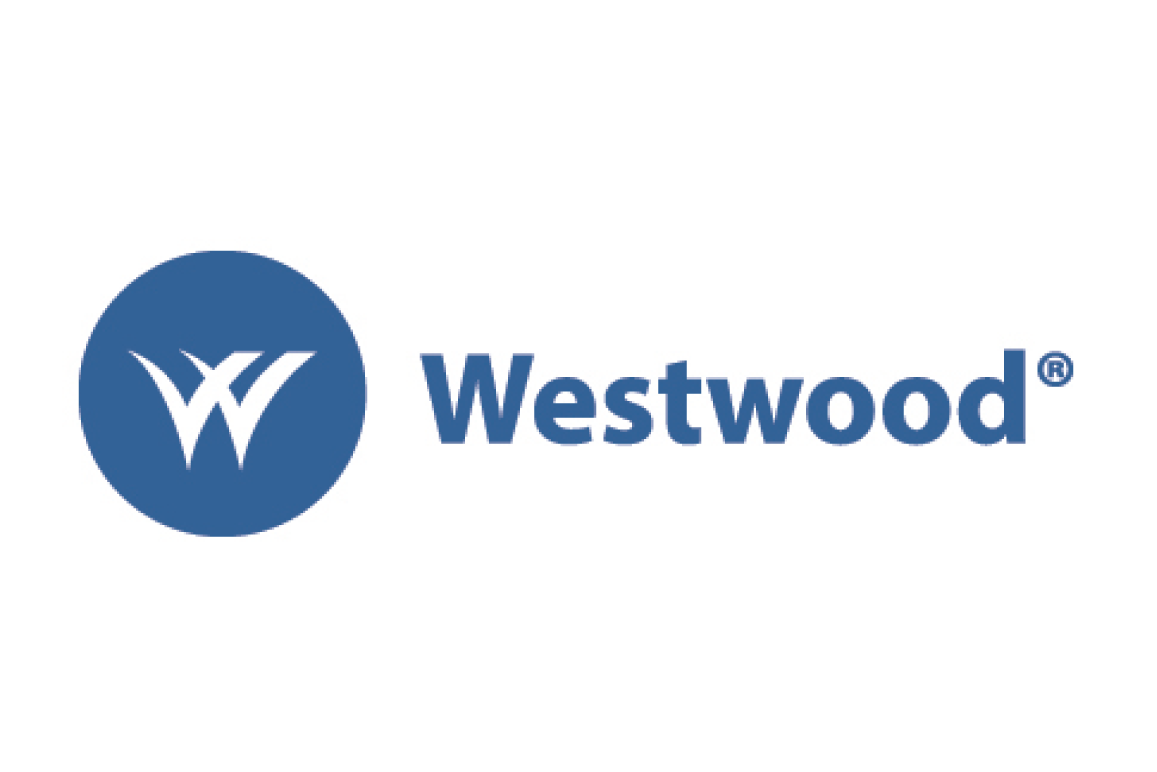
By Paul Z. Martin, CIC, CPCU
Paul Martin is the Director of Insurance Content and Mentorship for the National Alliance for Insurance Education & Research. Paul works with industry professionals to deliver high-quality insurance content and education for the Academy. During his career, Paul worked as an adjuster, underwriter, special agent, company manager, and independent agent. Paul has been an insurance educator in Texas for over twenty years.
Sometimes a commercial insured may have uncertainty as to the value of the property they own or want to insure. The insured understands that if they value the property too high, the premium will be unnecessarily higher. If the insured values the property too low, the premium will be lower, but should a catastrophic loss occurs, the insurance proceeds following the loss may be inadequate to repair or replace the property. This is when the commercial property insurance feature of blanket insurance comes to the rescue.
 Blanketing Building Coverage
Blanketing Building Coverage
There are three common ways to blanket property insurance. The first is where the insured takes the combined values of multiple buildings, either at the same location, or in different locations, and insures them all with one blanket limit of insurance. This way of insuring the buildings ensures that if the initial estimate made on the value of a building was inaccurate that the combined building limits would be sufficient to cover the loss.
 Blanket Business Personal Property
Blanket Business Personal Property
The second way to blanket property insurance is to blanket the values of all business personal property at separate buildings at one location, or personal property in buildings at different locations. By adding the values of all the of the personal property, if coverage at one location or building at the time of loss was too low, the combined limit would be available to pay the loss. Uncertainty regarding the value of personal property could be particularly challenging for retail businesses with multiple locations where inventory is moved between buildings because of differing demand for the products.
 Blanket Buildings and Business Personal Property
Blanket Buildings and Business Personal Property
The third way that blanket property insurance is used is when the division between building property and personal property isn’t easy to determine or to value. For example, consider a church building. There are many elements in a church that may be hard to distinguish if that specific piece of property is structurally attached to the building and thus, building, or isn’t not permanently installed and thus business personal property according to the policy coverage form. Blanket insurance can be used to carry one limit to protect the entire building value and the personal property inside. After loss, there would be no need to separately consider if there was coverage sufficient for either category of property.
 Special Considerations
Special Considerations
The Insurance Services Office’s Commercial Lines Manual rules require that when using blanket insurance, the policy would carry a minimum coinsurance percentage for property of 90 percent, rather than 80 percent. The insured is also required to submit a Statement of Values for the property they are insuring under blanket coverage. These values will help determine the blanket limit of insurance.
A margin clause endorsement may be attached to a policy that uses the blanket insurance option. This endorsement was designed to prevent an insured from “gaming the system” by showing a lower building or personal property values on an initial statement of values during the underwriting process, to achieve a cheaper premium. The margin clause endorsement generally caps the payment for loss at a location to a percentage of the original value shown on the statement of values. The margin clause percentage will always be above 100%. For example, if the value for a particular building were shown as $100,000 on the statement of values, then the policy would only pay up to that limit TIMES the percentage shown on the endorsement. Let’s say the margin clause percentage was 115 percent. $100,000 time 115 percent would give us a total available limit of $115,000 for use for a loss to this building. This endorsement hopefully encourages insureds to be more forthcoming about the true values at each location.
